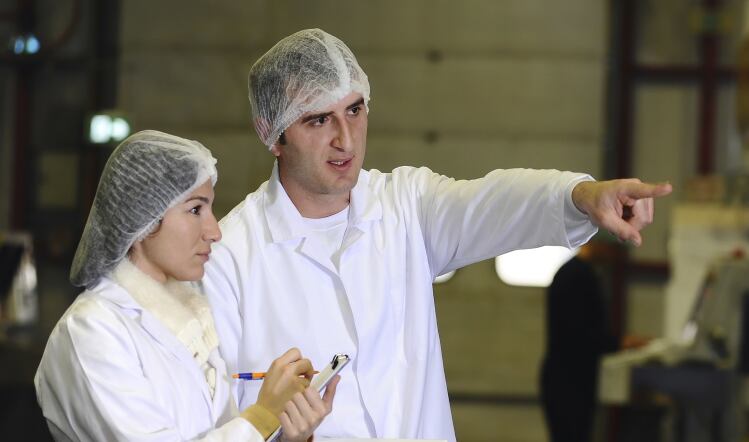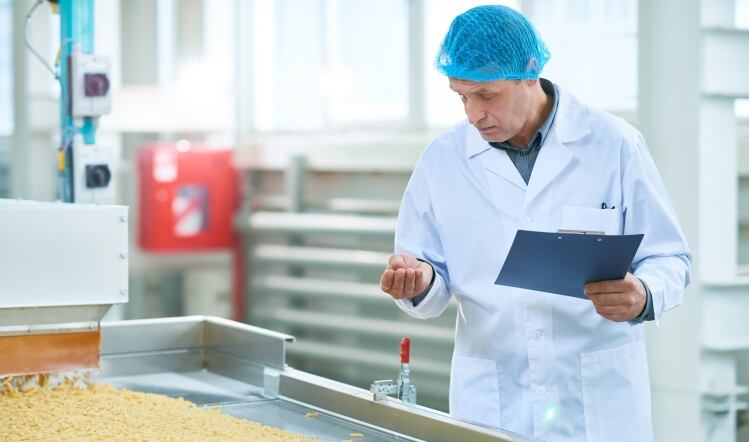Speaking at the Institute of Food Science & Technology’s food safety group event ‘Delivering a positive food safety culture – a practical approach’ in London last month, Crew suggested actions such as moving sinks closer to factory entrances to make hand-washing the first thing staff thought about when starting work, or painting targets on urinals to prevent urination on the floor.
Promoting a positive food safety culture in your business is a sure-fire way to make a business profitable, as well as being “the right thing to do”, said Crew. “People and culture are driving food safety and it has really become part of the zeitgeist of food – practically everywhere you go, somebody is talking about culture.
‘Profitable thing to do’
“I think good culture is a profitable thing to do, as much as it is the right thing to do. Priorities always change in businesses, but your values don’t. We always do something that’s more important, but if you have strong values in your business, you will do the right thing.”
Crew described a seismic shift in the landscape of food science, from analysis and constant checking to ensure compliance, to using behavioural sciences to coax workers into doing the right thing.
He warned that training could often lead to ticked boxes that looked good on paper, but that this did not always translate into employees taking to heart the lessons taught.
“Training is useless unless it changes a person’s behaviour,” Crew explained. “Unless that employee is going to do the right thing, you have completely wasted your time. So how can you use behavioural science and culture to get people to do the right thing?”
Unified culture
When a team worked under a unified food safety culture, they were more likely to follow the correct guidelines to make a factory compliant, he suggested. “Food safety is what happens when you [managers and inspectors] are not there,” Crew continued.
“Every time I visit a factory, it’s working perfectly, because when you have a guest you do the right thing. But when [the food safety inspector] is not there, that’s when the real culture takes over.
“Food safety culture is another tool – just the same way as you have HACCP (Hazard Analysis and Critical Control Points), you do audits and analysis. It’s just another thing you put in that toolbox that can guarantee food safety. If you get the culture right, I can guarantee the performance will follow.”





